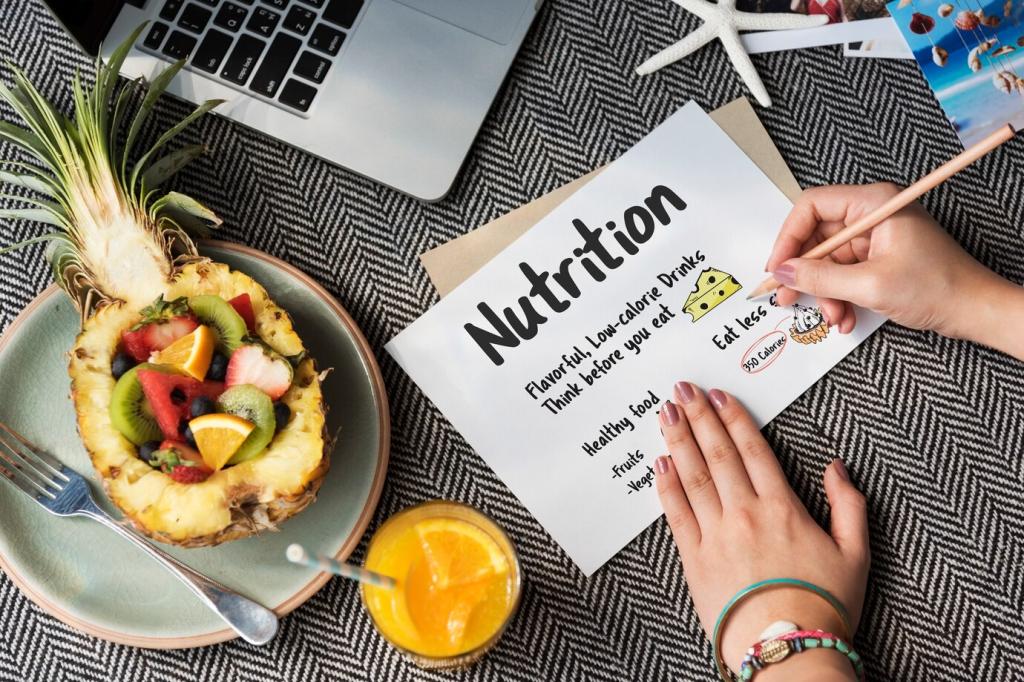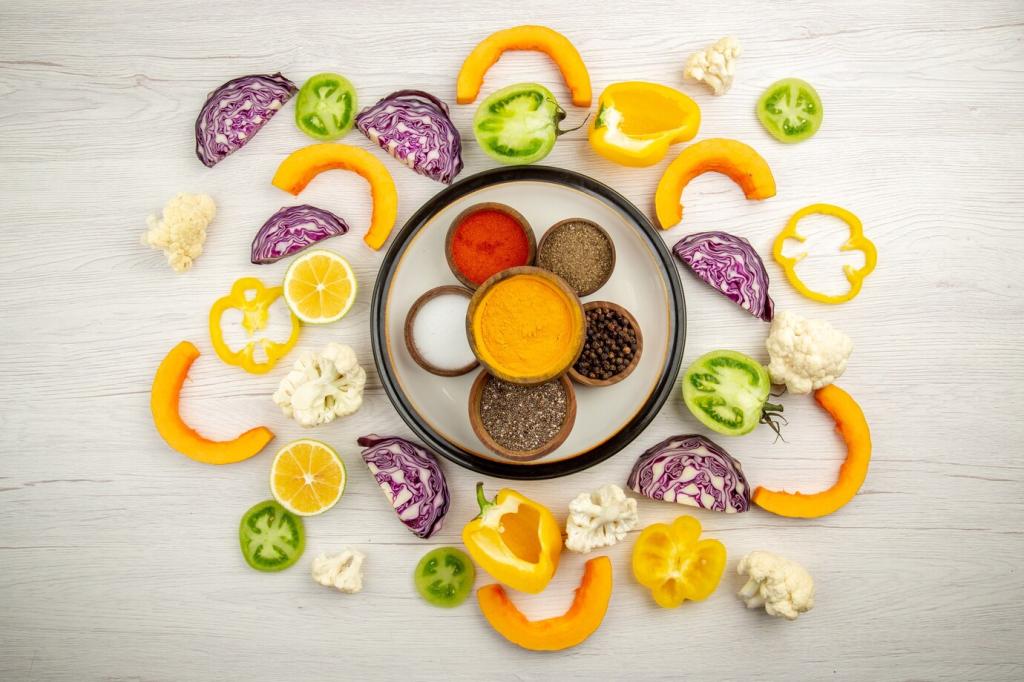Travel, Budget, and Label Smarts
Assemble a small kit: shaker, single-serve protein packets, tuna pouches, shelf-stable tofu, nuts, and instant oats. Add travel-friendly fruit and electrolyte sticks. Share your next trip details, and we’ll help customize a kit to protect your training momentum.
Travel, Budget, and Label Smarts
Buy in bulk, choose store-brand Greek yogurt, eggs, canned fish, dry beans, and lentils. Rotate costlier items like salmon or specialty powders as treats. Batch-cook chili or bean stews. Comment your weekly budget, and we’ll propose a high-protein, wallet-friendly plan.
Travel, Budget, and Label Smarts
Check serving size, protein per serving, and total calories. Verify third-party testing on powders when possible. Beware of sugar-heavy bars posing as protein snacks. Post a label screenshot, and our community will help decode the numbers without judgment or hype.






